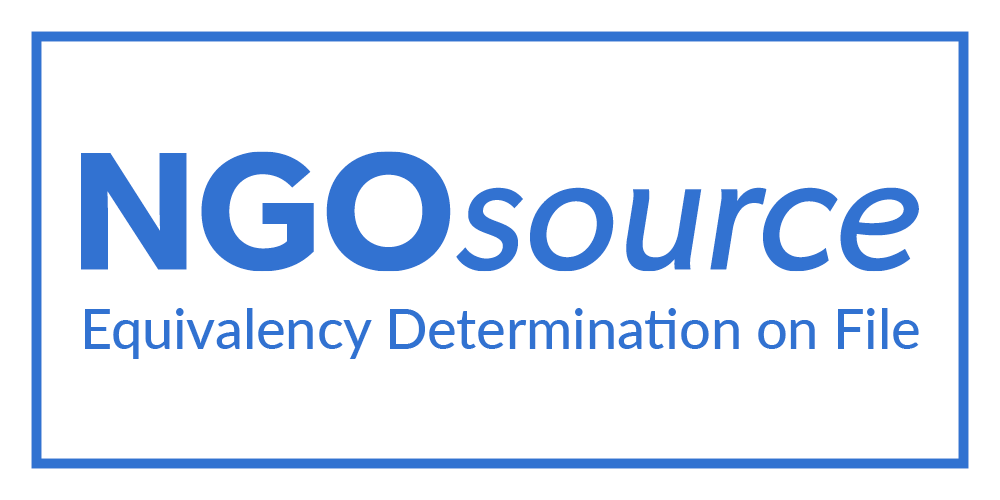Jakarta – Women who work in the arts and creative sectors are vulnerable to multi-layered obstacles because of their genders and social classes. The vulnerability is even greater for those who work behind the scenes.
“Since the work behind the scenes is often invisible, there is less protection against its risks. There are not only physical risks, but also mental risks,” said Ratri Ninditya, the Coordinator of Policy Research for the Indonesian Arts Coalition (Koalisi Seni), on Sunday, November 7, 2021.
Koalisi Seni conducted an online survey on 202 women art workers in July 2021 regarding seven dimensions of work. Referring to that survey, Ratri pointed out that women experienced the worst conditions on the dimensions of work intensity and emotional labor. The survey also found that more than 50% of respondents had no written work contracts, more than 25% experienced work violence in the past year, more than 80% did not join a union, almost 70% did not receive training to build capacity, and 41% received a salary below the minimum wage. On the other hand, most of the respondents are self-motivated workers. When that high work motivation is not followed by adequate working conditions, it will accommodate– even perpetuate– work exploitation and early retirement.
According to Ratri, in general, the continuous exploitation in the art scenes –regardless of gender– occurs due to the absence of policy in Indonesia regarding the art workers and their rights. The Law on Advancement of Culture has identified artists as ‘Cultural Human Resources’. However, it does not specifically regulate the protection of their works. Meanwhile, in the Law of Creative Economy, the artists must comply with the definition stated in the rules if they want to be protected, which may not fully fit the peculiarities of the form and the approach of their works. In the formal employment relationship, art workers also fall under general labor regulations. Furthermore, informal works in the arts are often overlooked in the Indonesian Labor Laws.
Nevertheless, women face even greater obstacles than their male counterparts, such as gender-based violence and discrimination. “In a patriarchal work system, there is inadequate legal protection. Both illusion of work flexibility and exploitation in the art and creative sectors are perpetuated,” said Ratri.
Kartika Jahja, a musician and activist, believes that the appearing cases of violence against women in the workplace are only the tip of the iceberg. “The normalization of violence within the art scenes, law enforcement agencies that do not side with the victims, and the judgment from public that is not favorable for the victims have left the perpetrators free while the victims must bear long-term trauma all by themselves,” said Kartika.
Researcher and musician Rara Sekar mentioned a research by the Media and Creative Industry Workers Union for Democracy (SINDIKASI) in 2020 which found that creative industry workers experienced work exploitation in the form of flexible-working illusion, or often called ‘flexploitation’. Workers in this industry are promised flexible space and time to work anywhere and anytime, while in fact they have to face long working hours and the blurred boundaries between work and rest time.
“This situation is often followed by wage flexibility, such as an imbalanced wage compared to the workload which forces them to take several jobs at once. Many also work without social security. Such exploitative flexible working conditions will take a toll on the physical and mental health of the workers,” said Rara.
Based on the survey findings, Koalisi Seni has developed several policy recommendations. Among them are the Government is required to input the protection of the art workers’ rights, as well as to monitor the freedom of the arts with a focus on gender-based violence in the arts scenes. Employers should develop workplace policy to prevent and tackle violence in the workplace. Meanwhile, art workers are encouraged to join unions to strengthen their bargaining power. Full recommendations are in the table below.
To examine the issue even further, Koalisi Seni held a virtual discussion “The Vulnerability of Women Workers in the Arts and Creative Sectors: How is the Protection?” on Monday, November 8, 2021, at 15.00 WIB.
It was held as a part of Indonesia Contemporary Art and Design (ICAD) series inviting Angela Tanoesoedibjo as the main responder. Ratri Ninditya, Kartika Jahja, and Rara Sekar were the speakers, while Dian Arumningtyas acted as moderator. Participants can join via the link arturaicad.com.
The online survey of Koalisi Seni is part of the research on emotional labor in women who work in the art sectors. This research is one of Koalisi Seni’s advocacy for gender justice in the arts.
The Recommendations of Koalisi Seni for the Protection of Women in the Arts:
| Stakeholders | Recommendations |
| Government | 1. Create further regulations derived from the Law of Advancement of Culture (UUPK) that protect the rights of Cultural Human Resources as workers, including the mechanism to cope with work risks.
2. Strengthen the safety nets to prevent and to tackle gender-based violence, especially through the bill on the Elimination of Sexual Violence. 3. Routinely monitor the implementation of artistic freedom and focus on gender-based violence in artistic works. 4. Provide a mechanism for risk management against emotional labor, which is achievable with the completion of the Minister of Manpower Regulation Number 5 of 2018 concerning Occupational Safety and Health at Work Environment. |
| Employer | 1. Develop policies to prevent and tackle violence in the workplace. The policy can refer to the guidelines on sexual harassment prevention at the workplace issued by the Circular Note of the Ministry of Manpower and Transmigration SE.03/MEN/IV/2011.
2. Acknowledge the existence of emotional labor as a form of risky work and implementing coping mechanism such as: a. Provide sufficient rest time b. Rotate staff for jobs that require intensive communication with the public c. Apply a fixed working duration based on the agreement of both parties d. Cover the cost of workers’ mental health treatment 3. Create a more democratic workplace through: a. Routine forum to gather workers’ aspirations b. Decentralized decision-making process c. Frequent rotation of supervisors, managers, and staffs |
| Art workers | Join workers union |
| Art and creative workers union | Strengthen and expand its scope |
| Donor agencies | Monitor the program implementation by grantees to ensure the absence of misogyny, sexism, and transphobia, as well as provide a mechanism for dealing with the implications of emotional labor. |
(Translated by Moyang Kasih Dewimerdeka from https://koalisiseni.or.id/perempuanrentan/)




